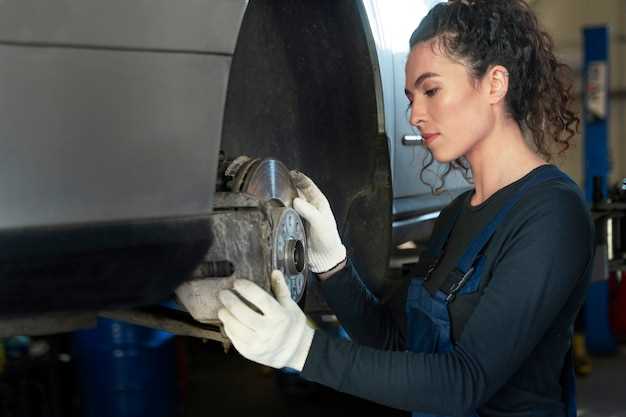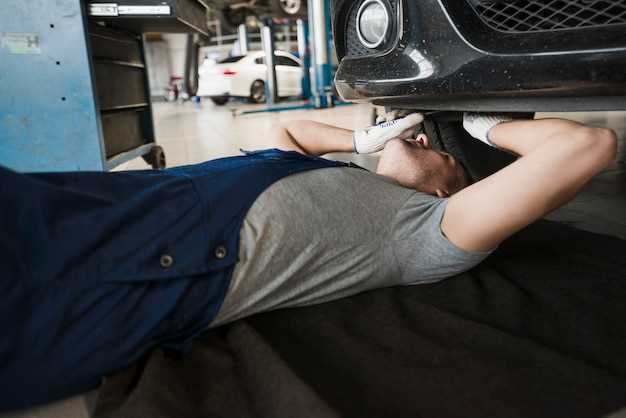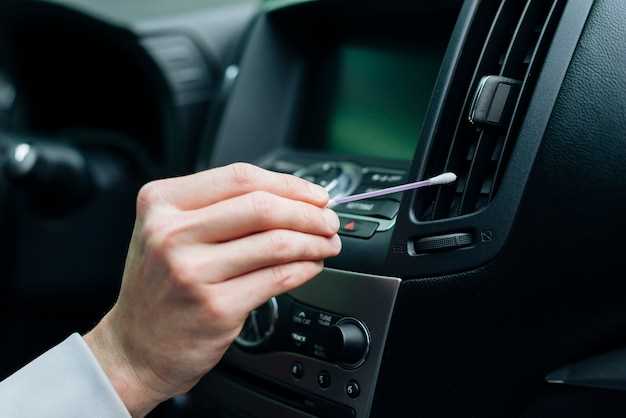
Maintaining your vehicle’s performance is crucial, and one of the simplest yet often overlooked tasks is replacing the air filter. The air filter plays a vital role in your car’s engine health by ensuring that clean air enters, which is essential for optimal combustion. A clogged or dirty filter can lead to decreased fuel efficiency, poor engine performance, and increased emissions.
This step-by-step guide will walk you through the process of replacing your car’s air filter, ensuring that your engine breathes easy and runs smoothly. Whether you are a seasoned DIYer or a first-time car owner, understanding the importance of the filter and how to change it can save you both time and money in the long run.
By following these straightforward instructions, you will not only enhance your vehicle’s performance but also extend the lifespan of your engine. Let’s dive in and get your car back to its peak efficiency with a fresh and clean air filter!
Identifying the Right Air Filter for Your Vehicle
Choosing the correct air filter is essential to ensure that your vehicle runs efficiently. Start by consulting your owner’s manual, which provides specific information on the air filter type and size required for your car model. The manual often includes a part number that can help you locate the right product.
Another reliable method is to visit an auto parts store or their website. Many retailers offer tools to help you find the correct air filter based on your vehicle’s make, model, and year. Simply enter the required details, and you’ll receive a list of compatible air filters.
If you prefer, you can also contact your vehicle’s manufacturer for assistance. They can provide precise information about the air filter specifications and suggest suitable options for replacement. Ensuring that you select the right air filter will lead to optimal performance and maintain good air quality within your vehicle.
Lastly, consider purchasing filters from reputable brands known for quality and durability. This guarantees that when it’s time to change, you’ll be using a product that effectively prevents dirt and debris from entering the engine, ultimately prolonging its life and enhancing fuel efficiency.
Step-by-Step Process to Remove the Old Air Filter

Begin by ensuring your vehicle is parked on a flat surface and the engine is turned off. Open the hood of your car and secure it with the prop rod.
Locate the air filter housing, which is typically a black plastic box near the engine. There may be clips or screws securing the housing cover. Use a screwdriver or your hands to remove these fasteners.
Once the cover is off, carefully lift it away to expose the air filter. Take note of how the old air filter is positioned for easier installation of the new one later.
Gently take out the old air filter from its compartment. If it is stuck, wiggle it slightly to loosen it. Avoid applying excessive force, as this could damage the housing.
Inspect the old air filter for dirt and debris. This will help you understand how frequently you should replace it in the future. Discard the old filter in a proper waste container.
Now that the old air filter is removed, prepare to install the new filter by checking its fitment and orientation according to the notes taken earlier.
Installing the New Air Filter and Ensuring Proper Fit

Begin by carefully positioning the new air filter in the designated compartment. Ensure that it aligns correctly with the housing, which is crucial for optimal airflow and effectiveness.
Check for any orientation indicators or arrows on the filter that show the direction of airflow. The air filter must be installed with the airflow direction noted, typically pointing toward the engine.
Once the filter is positioned, gently press it into place to ensure a snug fit. It should not be loose or require excessive force to install. Verify that the filter is seated evenly on all sides, without any gaps.
After securely installing the new air filter, close the housing lid or cover according to the manufacturer’s instructions. Make sure it clicks or seals properly to prevent any air leakage.
Finally, double-check your installation by inspecting the edges of the filter and ensuring everything is tightened. A proper fit is essential for maximizing the air efficiency and prolonging your engine’s performance.




